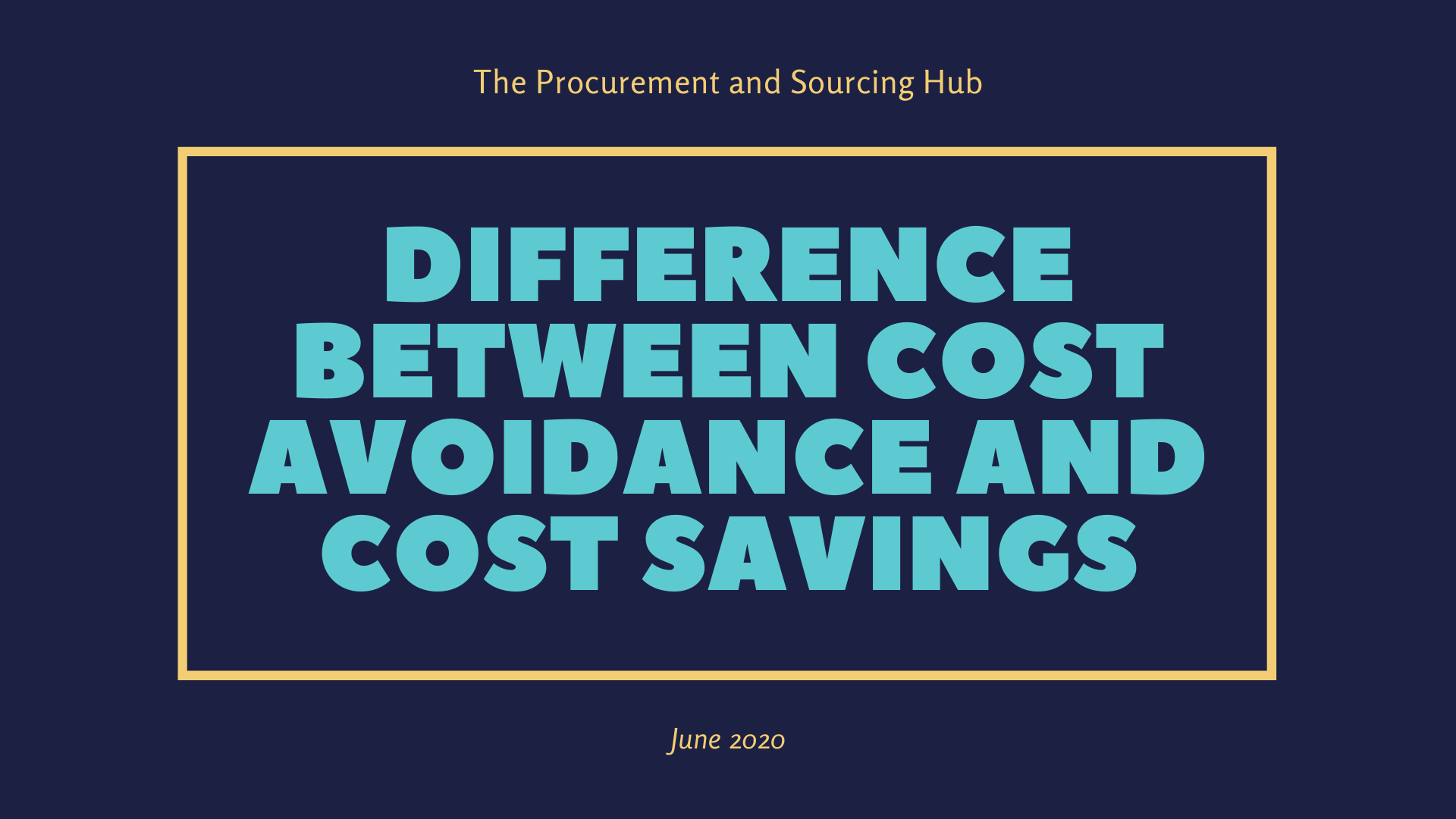A smart business decision is to keep costs down and avoid spending more money. Your profits will be higher if you keep in revenue and cash flow. Though the phrases “cost avoidance” and “cost savings” are often interchangeably used, there is a fine line of difference between the two. They make a big difference in overall business operations. The suggestions of procurement experts come in handy to organizations in this regard. With their analysis, companies get necessary insights keeping in view the contemporary market scenario.
What is Cost Avoidance?
When businesses take actions that prevent incurring costs in the future, it is known as cost avoidance. While implementing this measure, organizations take all necessary steps to lower potential increased expenses. This assures the managers as they don’t have to deal with costs in the future. The cost avoidance strategy of business firms focuses on the necessary steps to reduce future costs.
For example, spending money regularly to conform to proper maintenance schedules on fleet vehicles is a cost avoidance strategy of organizations. Failure to adhere to maintenance standards can result in more expensive repairs in the future. To minimize this possibility, business firms need to be proactive in their approach while seeking advice from procurement agents. Cost avoidance doesn’t involve analysis of an organization’s budget or financial statements. It is a kind of preemptive action to curb unnecessary future expenses. Investing in new technology is the preferred approach for most business firms as it reduces spending on compensation costs at present and in the future. When companies look for value-added services, it is another instance of cost avoidance.
What is Cost Savings?
On the contrary, cost savings is very different from cost avoidance though they are on the same track. The term “hard savings” is often used to signify cost savings. When a company is burdened with debts, it takes necessary actions that minimize the debt levels. The financial statements of a firm always highlight savings achieved through the cost savings approach of organizations. More importantly, planned cost savings is an integral part of an organization’s budget.
Certain actions that generate tangible financial benefits in the company budget are referred to as cost savings. According to procurement experts, partnerships, new contracts, contract renewals, and price negotiations are some common examples of cost savings. Original price, new price, price difference, division, and cost savings percentage are some of the important parameters when it comes to the calculation of cost savings.
How to Maximize Cost Savings
Organizations can maximize their cost savings in the following ways:
Reducing marketing costs: Social media channels and search engines help organizations to reach their target audience within a short period. Companies are hiring social media professionals to boost their brand presence. This also saves costs as there is no need to hire a full marketing agency.
Outsourcing: Companies are also cutting down costs by outsourcing their non-core functions. Outsourcing opens companies’ talent from all over the world and can be useful to fill roles that are needed on a part-time basis.
Cost avoidance and cost savings are two different aspects. Take help from procurement agents if you want to implement your organization’s cost savings strategy in a phased manner. In this age of perfect competition, both cost avoidance and cost savings are crucial for maintaining an organization’s health.

Comments
Post a Comment